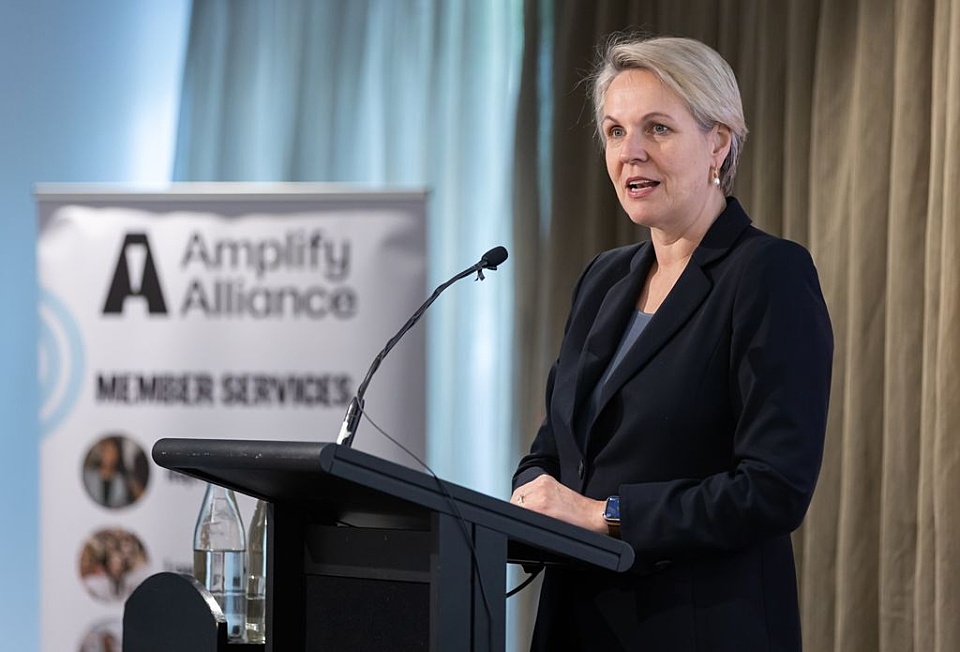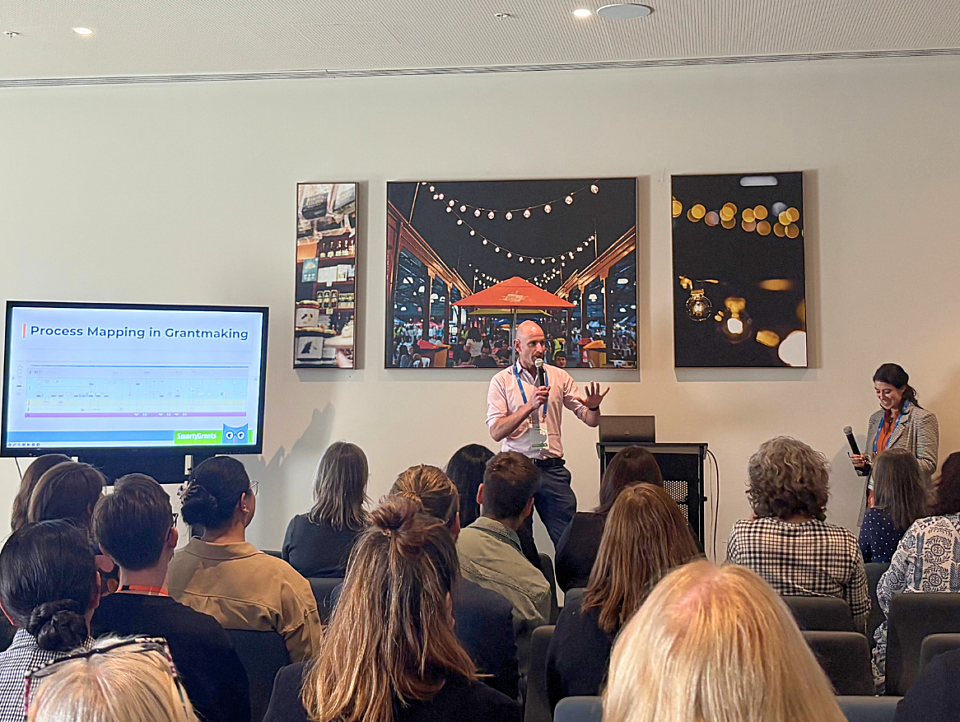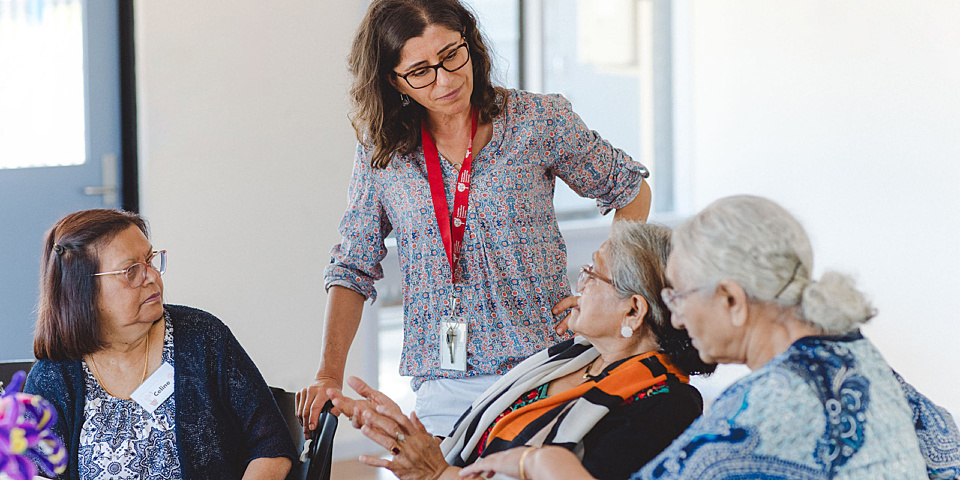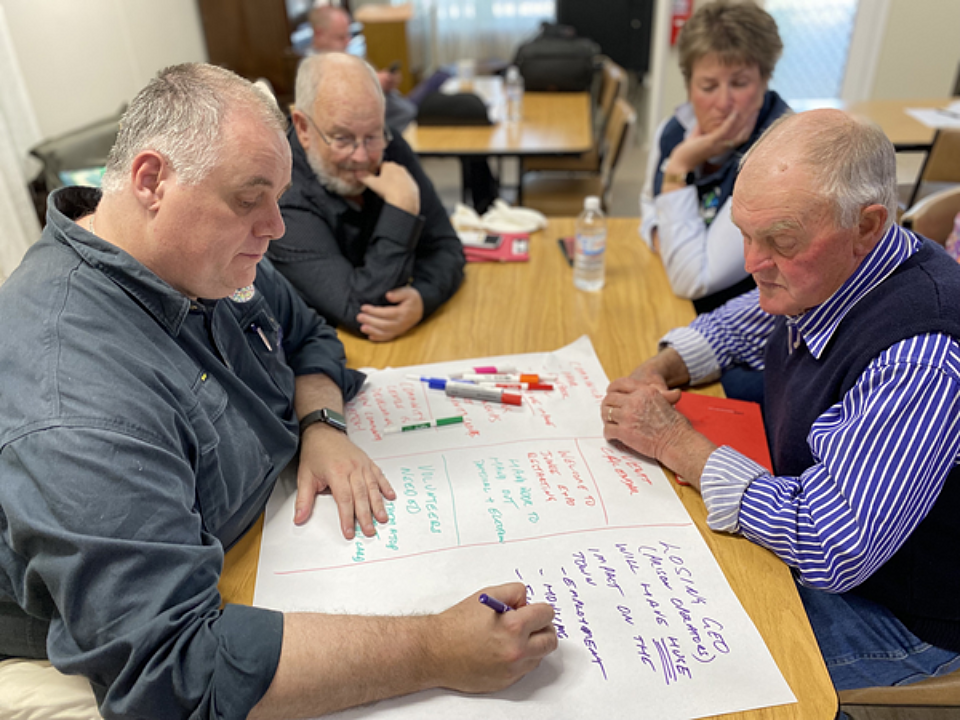
Feds flag human services grants shakeup
Posted on 15 Dec 2025
The federal government is trialling longer-term contracts for not-for-profits that deliver…
Posted on 20 Nov 2024
By Sanja Galic, senior client partner, Publicis Sapient

A leading thinker in digitally-led government and business transformation, Sanja Galic, believes advanced data and technology could dramatically improve disaster grantmaking.

In emergency situations, such as floods, bushfires or other natural disasters, people need help urgently. As well as meeting survival needs such as food, shelter and medical care, swift assistance also helps stabilise affected communities, prevent economic collapse and enable people to rebuild their lives faster. I previously led the Emergency Services portfolio at Service NSW, which was responsible for distributing over $1 billion in emergency and recovery grant payments in NSW, and I have seen how critical this is for citizens.
Despite the need for speed, government recovery and emergency grant programs are often slow. They take weeks to set up and are extremely admin-intensive. There are multiple layers of approval, documentation and verification processes – all of which can delay disbursement. Eligibility criteria may be complex, there are coordination challenges between different agencies, and staffing to process claims is limited, which can lead to backlogs.

For citizens, this only adds to the ordeal of an already stressful time. Struggling with basic daily existence, possibly without power or internet, they need to fill in forms, find documentation (which may have been lost) and then wait for manual assessment. Many might not even apply for funds because they’re too busy trying to navigate the disaster.
A faster, more proactive approach helps everyone. If governments have got the right data on who needs help, they can reach out in days or even hours. Governments hold a vast amount of data on citizens and residents. Collectively, governments should know where someone resides or runs their business, whether their location was affected and the level of impact, what payroll tax threshold their business is on, and what income they earn.
"Having the right data and using it effectively can make a huge difference in a natural disaster."

In an emergency, governments should be able to immediately identify people in a disaster zone and get funds to them urgently in their hour of need. Unfortunately, this rarely happens.
The problem governments face is that their data tends to be extremely fragmented and siloed. Federal agencies, state departments and local councils all hold different kinds of information on citizens and residents. Their systems may not be connected; duplication and outdated information may be rife. A person may have changed address but not updated their driving licence or Medicare records. It’s difficult to ascertain whether multiple records refer to the same person, and whether that person is still in the afflicted area.
What’s needed is a more unified approach, where different levels of government and agencies start matching data and getting a "single view of the citizen". Using data lakes and data management solutions, information from different government databases could be better aligned. Artificial intelligence (AI) and machine learning also have an important role to play in automating the data- matching process, since governments may not have the people or the budgets to manually collate and sync all of the data into a cohesive view.
Alongside all this, it is important that citizens are required to give explicit consent for their data to be shared. Publicis Sapient's recent Digital Citizen Report 2024 indicates that people are willing to share data when they need support. They are also broadly in favour of government AI usage if it makes communications and outcomes quicker and more positive and efficient for the user. The key is transparency and clearly communicating the benefits, including what data will be collected and how it will be shared and used.
When a declaration of an emergency and disaster is in force, Part VIA of the Privacy Act makes special provision for the collection, use and disclosure of personal information between Australian Government agencies and state and territory authorities, private sector organisations, non-government organisations and others. Governments should leverage this to provide proactive assistance to people and communities and improve their experience, cutting weeks of waiting to just days or hours.
Having the right data and using it effectively can make a huge difference in a natural disaster. In a recent bushfire emergency, the NSW Office of Local Government wanted to pay council rates for those affected. Usually this would involve setting up an online form, asking applicants for evidence of their identity and address – such as the previous year’s rates notices – and then going through an assessment process.
Instead, Service NSW teams were able to take council rate data and match it with impact data. Each of the relevant councils were paid their council rates, and citizens were sent notices that their rates had been paid. The councils had their money and the citizens were relieved of payment that year, without having to apply or do anything. This was a way for government to show it recognised that these bushfire victims had been through a very difficult time and to let them know they had one less thing to worry about.
Advanced data strategies and technology are key to achieving this single view of the citizen, which would allow for a more targeted and efficient distribution of grants when they were most needed. All of this would create a better citizen experience, further enhancing trust and confidence in government.
Sanja Galic has worked in digital business transformation and technology-enhanced performance improvement for 25 years. From 2018 to 2020 she was a director at Service NSW, where she held project management, program management and enterprise change roles.

Posted on 15 Dec 2025
The federal government is trialling longer-term contracts for not-for-profits that deliver…

Posted on 15 Dec 2025
A Queensland audit has made a string of critical findings about the handling of grants in a $330…

Posted on 15 Dec 2025
The federal government’s recent reforms to the Commonwealth procurement rules (CPRs) mark a pivotal…

Posted on 15 Dec 2025
With billions of dollars at stake – including vast sums being allocated by governments –grantmakers…

Posted on 15 Dec 2025
Nearly 100 grantmakers converged on Melbourne recently to address the big issues facing the…

Posted on 10 Dec 2025
Just one-in-four not-for-profits feels financially sustainable, according to a new survey by the…

Posted on 10 Dec 2025
The Foundation for Rural & Regional Renewal (FRRR) has released a new free data tool to offer…

Posted on 10 Dec 2025
A major new report says a cohesive, national, all-governments strategy is required to ensure better…

Posted on 08 Dec 2025
A pioneering welfare effort that helps solo mums into self-employment, a First Nations-led impact…

Posted on 24 Nov 2025
The deployment of third-party grant assessors can reduce the risks to funders of corruption,…

Posted on 21 Oct 2025
An artificial intelligence tool to help not-for-profits and charities craft stronger grant…

Posted on 21 Oct 2025
Artificial intelligence (AI) is becoming an essential tool for not-for-profits seeking to win…